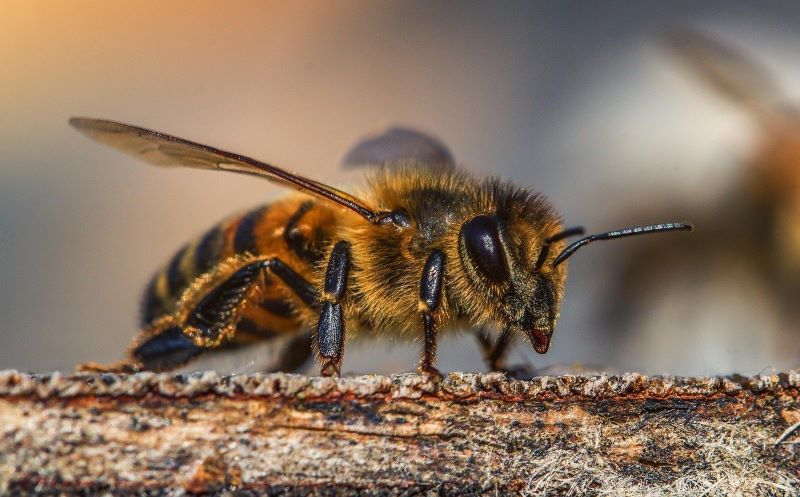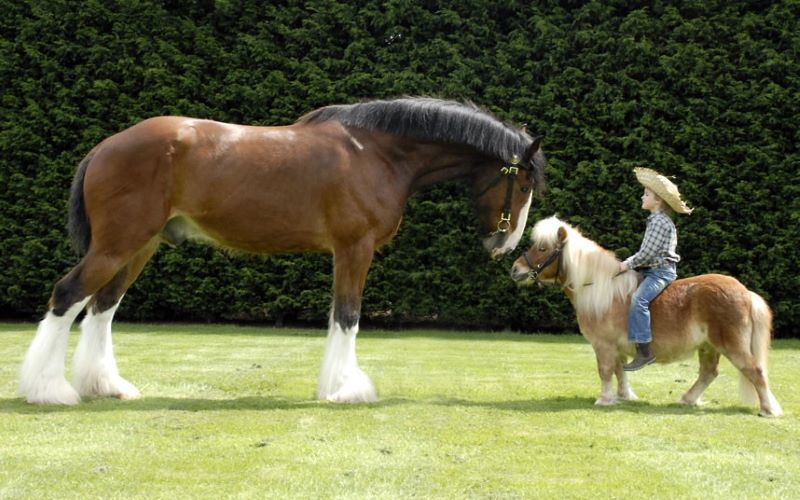“Get out of my way you beast, leave my plate alone…don’t touch my glass…”
We all have memories of summer lunches in our heads, playing the fan with our hands to chase away the insects that invite themselves onto the rim of our plate, our glass. We tend to confuse bees and wasps called European social wasps which, at first glance, have physical and behavioral similarities. We will see more clearly on the subject. At the end of this article, you will be able to easily distinguish a bee from a wasp! (for those who would be lazy to read the whole article, I put a video at the end of the article from the Youtube channel “Today I Found out” which answers the question in 7 min.

It is important to note that there are more than 20,000 species of bees in the world, including 2,000 in Europe and 1,000 in France. As for wasps, 15,000 species have been listed to date. We will concentrate here on the European bees and the Germanic or European wasps which remain the most common in most countries of the northern hemisphere.
Why do we often make the confusion?

The bee and the wasp are members of the Hymenoptera family, an order of insects that also includes the hornet and the ant. Both play a central role in the maintenance of natural balances (with a stronger influence for the wild bee, the largest pollinator of the planet). They both have a prominent abdomen and, for the females, an abdominal sting (commonly called dart) that allows them to defend themselves if they feel in danger. The sound level of their flight is not very audible. Their food taste is different (we will come back to this below) but they invite themselves to our meals to enjoy meat, fish or sweet drinks. We don’t take the time to discover their final destination, we chase them before they even land on our table.
What are their differences?
The physical
- The bee has a stocky body, its upper part is fluffy. Its abdomen has black bands on a yellow to dark brown background depending on the species. It measures between 11 and 13 cm.

- The wasp has a body with little hair, painted a bright yellow striped with black bands. It has two mandibles wider than those of the bee, an asset of choice to crush its prey more easily. It has a more slender abdomen than the bee with a tighter waist that marks the separation with the thorax. The expression“with the size of a wasp” via there! On average, the wasp is larger than its cousin with a size ranging from 11 to 18 mm (18 mm for the queen).

The diet
- The bee is floricultural, its larder is mainly found in flowers, shrubs and trees. On the menu, nectar, a sweet syrup produced at the bottom of flowers, honeydew, also a sweet syrup secreted by plants or by aphids, deposited on the flower and pollen constitute its diet throughout its short life. The bee also needs water for itself and to produce honey. More shy than the wasp, it will be less inclined to come and bother you during your barbecue. Attracted on the other hand by sweet materials, it is not impossible that it stings a head in your glass of soda or your fruit juice

- The wasp as an adult feeds mainly on sweet products: nectar, ripe fruits, watermelon from your summer meal… What is less known is that they are also omnivorous because their larvae need proteins to develop. Omnivore with a carnivorous tendency because it feeds mainly on parasites and dead insects (but sometimes on your meat and fish left on your plate). Without it, we would have to deal with thousands of undesirable insects every year that pollute and destroy flowers, plants and crops. A precious ally for us, the men.

Self-defense
The only way to defend themselves against an imminent threat for the bee and the wasp is to sting. They react by self-defense to an unpleasant smell or an aggressive gesture
- Unlike the wasp, the bee can only sting once. Its stinger is firmly attached to its abdomen, so a sting causes part of its belly to detach and the bee to die. If you feel a sting and a dead insect at your feet, you will know that it was a bee. Bee venom is often more allergenic than wasp venom, so care should be taken before removing the stinger after a sting.

- This means the wasp can sting several times. Stings occur much more often in late summer or early fall. The worker wasps are busy most of the summer hunting insects to feed their young and defend their community. They have nothing better to do than to defend themselves and feed on what they want, including your leftover soda or orange juice.






